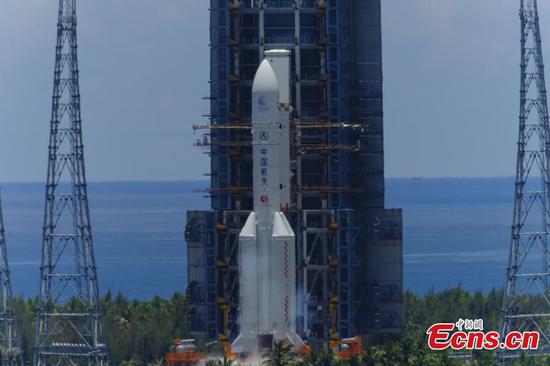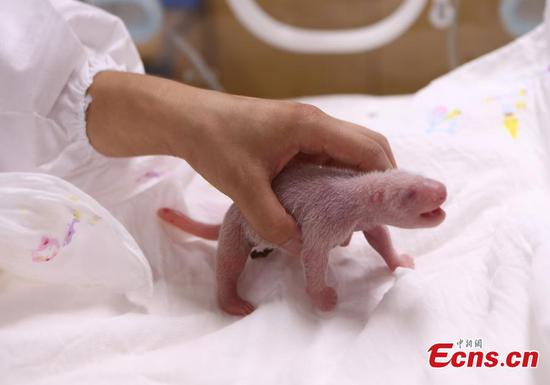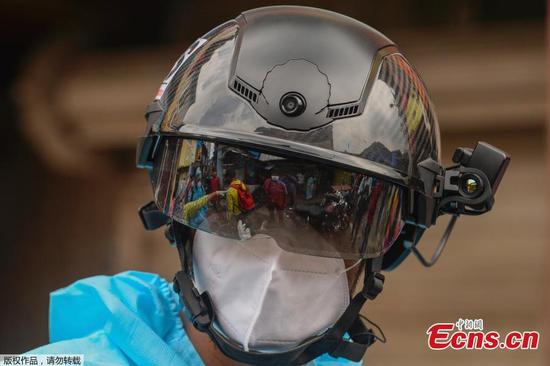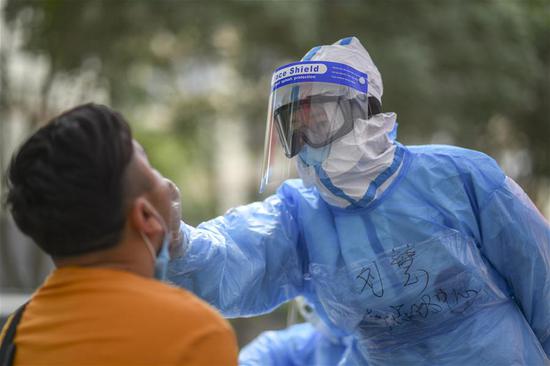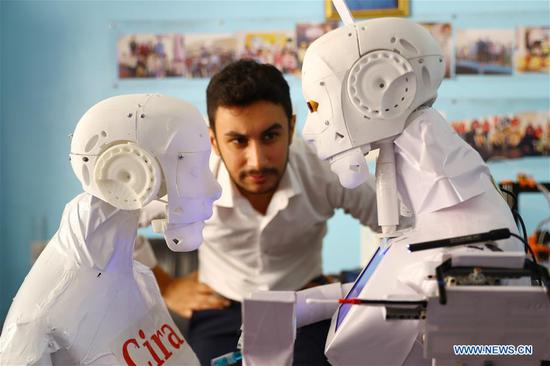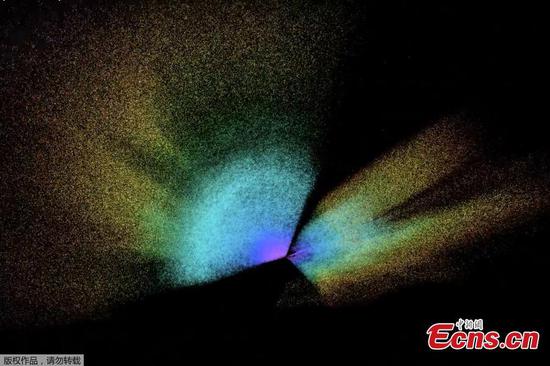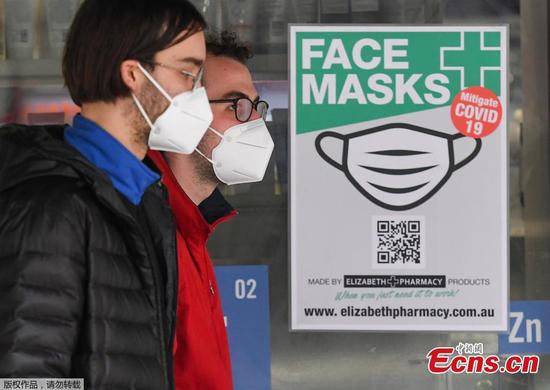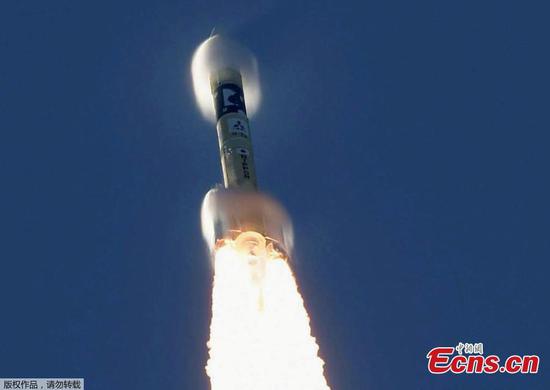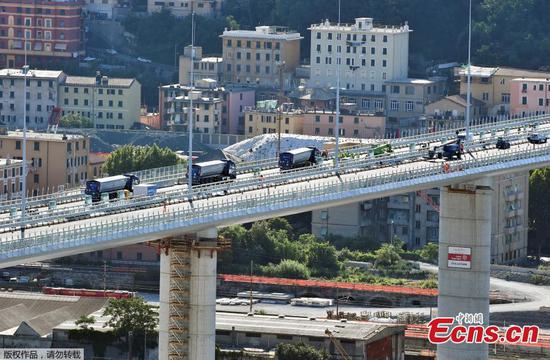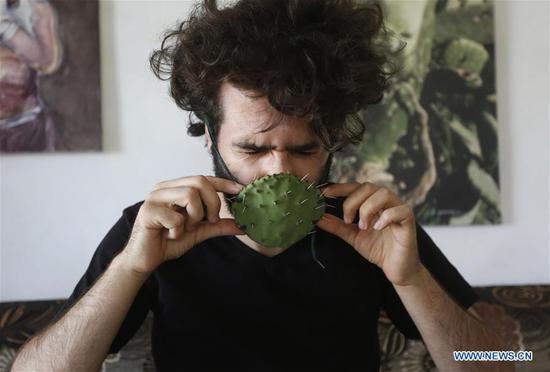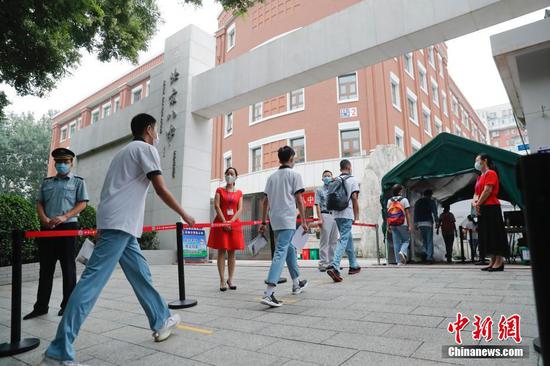China will ban non-degradable single-use plastic straws by the end of 2020.
Experts say that although it takes only a few minutes to use and dispose of a plastic straw, it can take up to 500 years for plastic straws to degrade.
Some companies are already introducing the change.
On June 30, McDonald's China announced that nearly a thousand restaurants in Beijing, Shanghai, Guangzhou, and Shenzhen will take the lead in discontinuing plastic straws, while also making adjustments to the design of cup lids.
Instead of drinking using plastic straws, McDonald's customers will be able to drink directly from the cup opening, thanks to the new design. At present, about 80 percent of McDonald's China's packaging is paper, while for about 20 percent plastic is still used.
Huo Wei, Senior PR Director for Hey Tea, said the bubble tea company had already introduced paper straws in Beijing, and plans to implement them in other cities in China. As of June this year, Hey Tea has reduced the use of plastic straws by more than 11 million nationwide.
However, the replacement of plastic with paper straws is not as easy as it may seem.
While most customers expressed understanding of the environmental benefits of paper versus plastic straws, one store's survey found that only 1/3 would choose paper straws over plastic, given the choice.
The average price for production of a plastic straw is 0.03 yuan, paper straws cost three times more at 0.1 yuan.
But with production methods improving, industry insiders claim the replacement is achievable.
According to Professor Liu Jianguo, from Tsinghua University School of Environment, non-degradable plastics can be replaced by biodegradable plastics, paper or bamboo, some plant stalks, glass or metals can be used, depending on the available materials.









